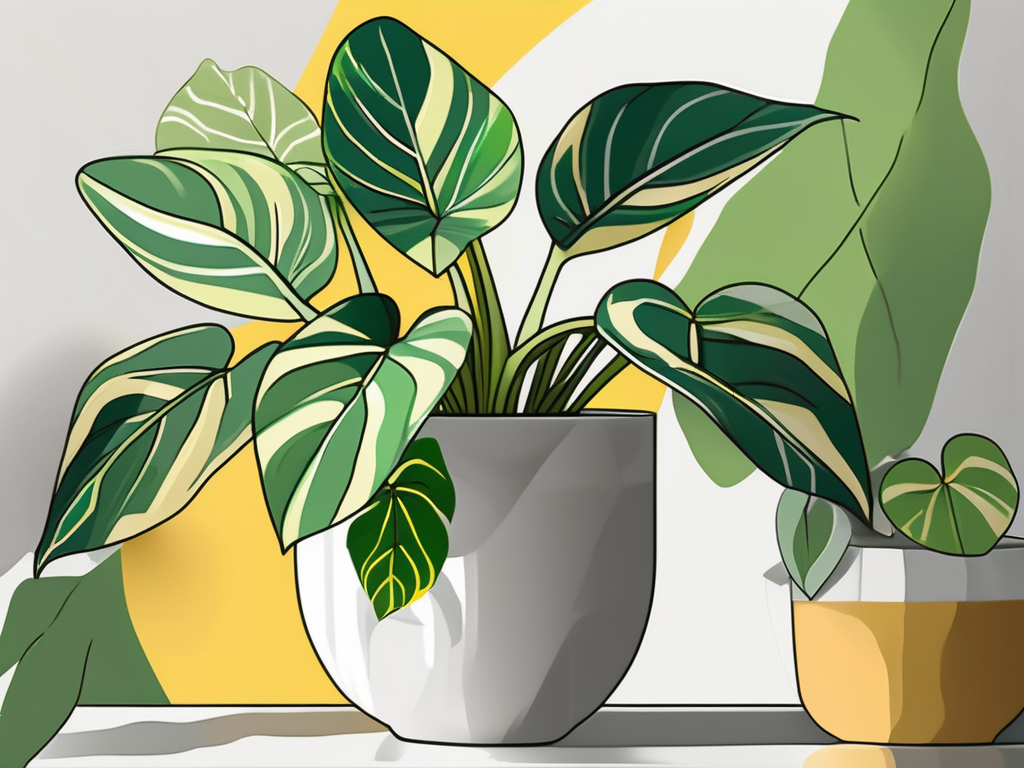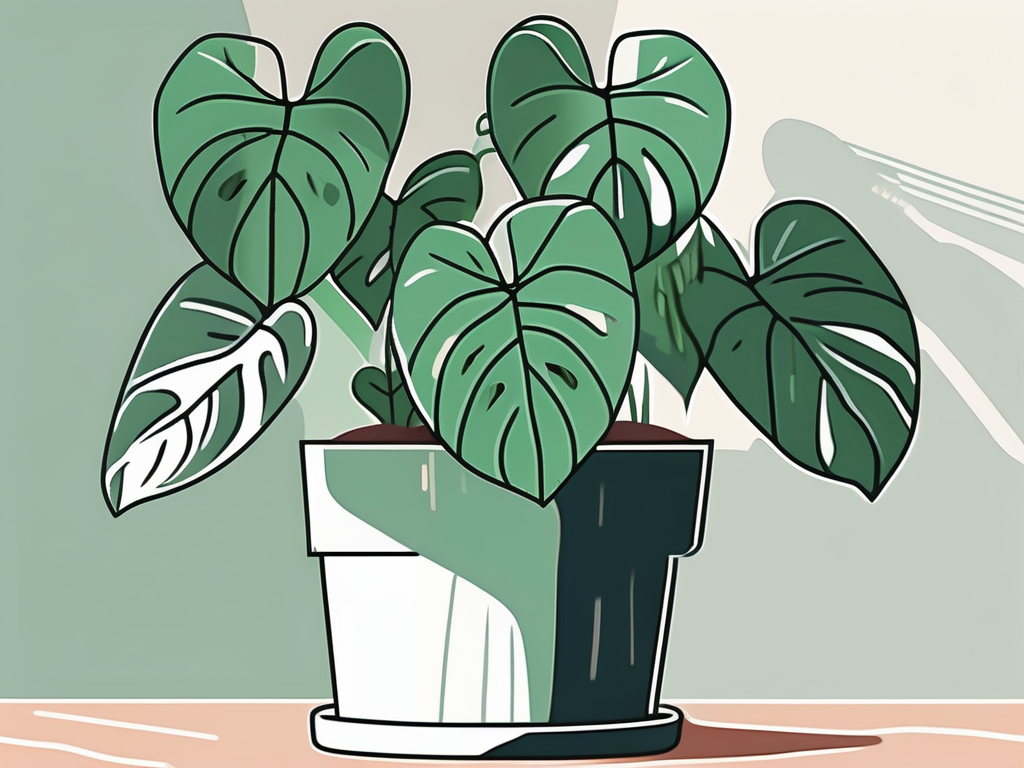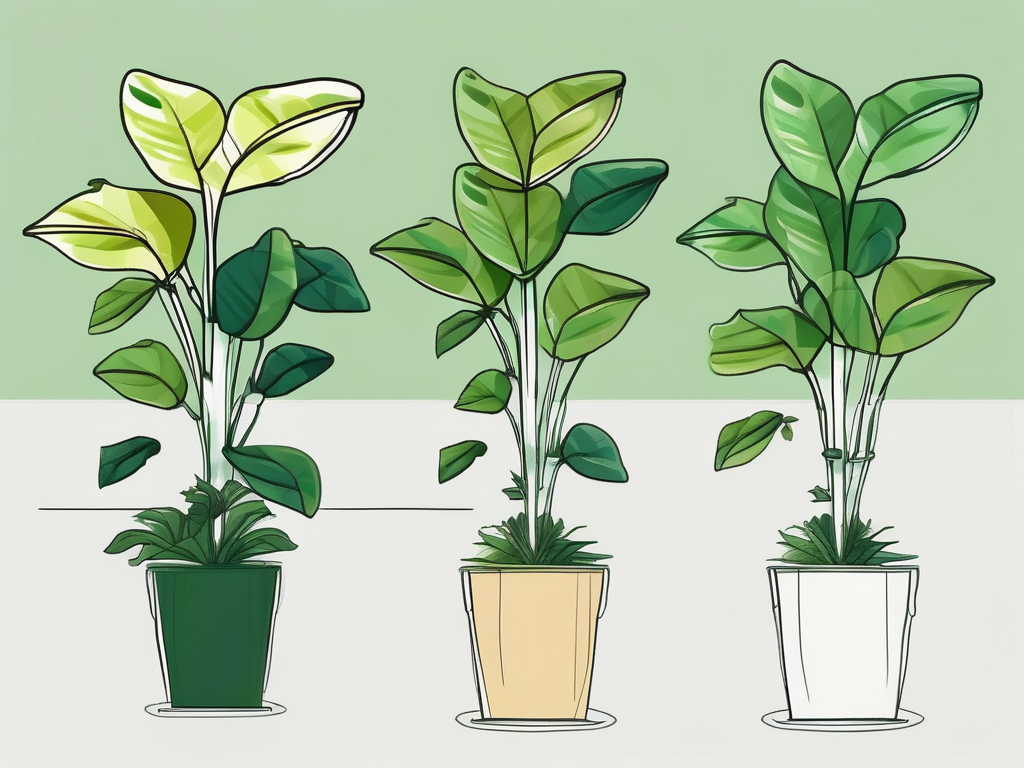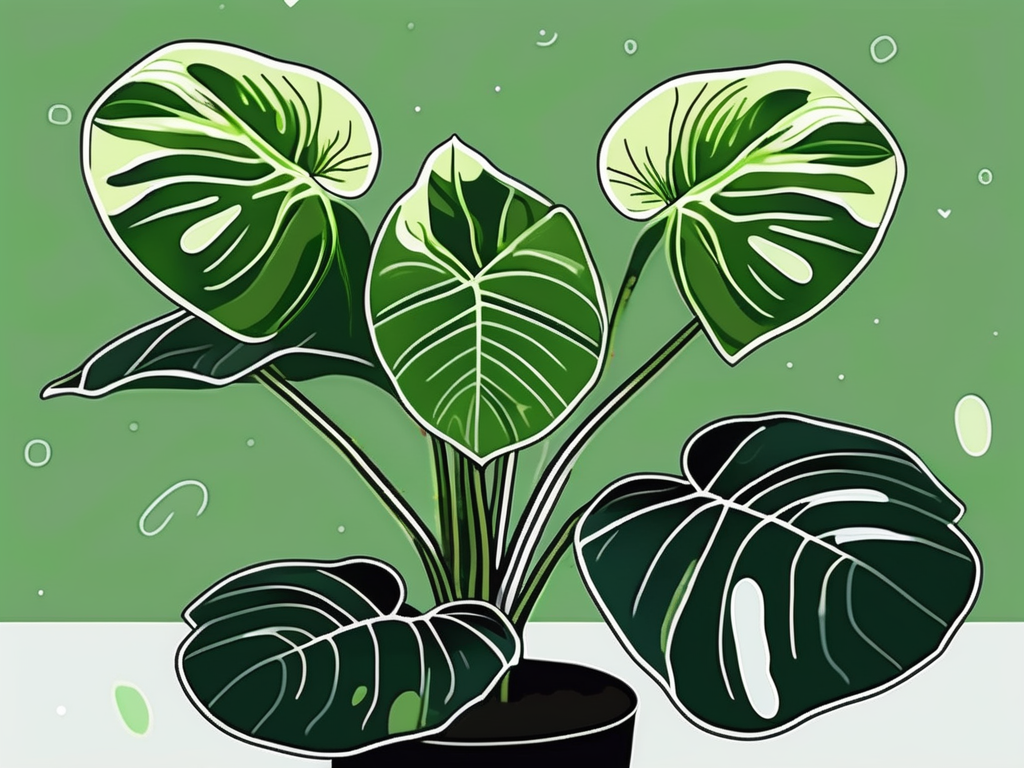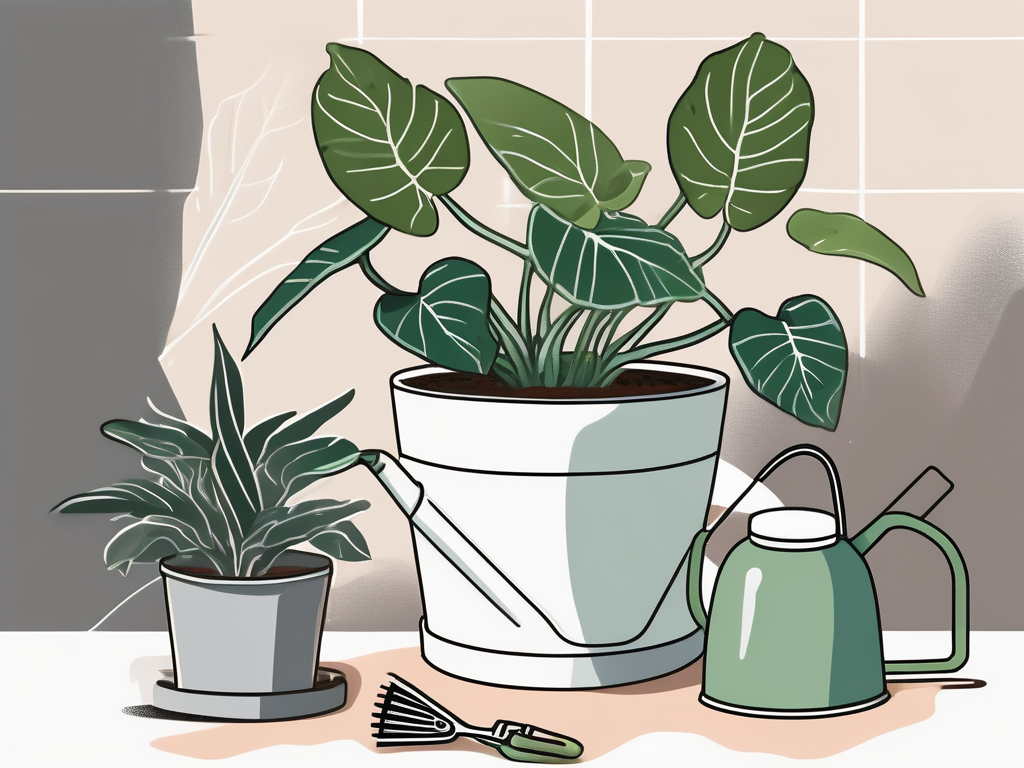
Philodendron Lickety Split is a houseplant that's not only visually appealing but also relatively easy to care for. With its unique foliage and forgiving nature, it's no wonder plant lovers often gravitate towards this plant. However, like any plant, it comes with its own set of care requirements that you'll want to get familiar with to keep your leafy friend happy and thriving.
In this article, we'll take a closer look at all things Philodendron Lickety Split. From choosing the right spot in your home to understanding its watering needs, we'll cover everything you need to create a nurturing environment for your plant. Let's get started!
Choosing the Perfect Spot
First things first, where should you place your Philodendron Lickety Split? This plant loves bright, indirect light. Imagine the light filtering through a sheer curtain or the dappled sunlight under a tree—that’s what your plant craves. Direct sunlight can be too harsh, potentially scorching its leaves.
If you’re worried about whether a spot gets enough light, try this simple test: place your hand between the light source and the plant. If you can see a clear shadow, the light is probably too strong. If the shadow is soft and diffused, you’re in the right territory.
While it’s adaptable and can tolerate lower light conditions, you might notice slower growth and less vibrant leaves. So, if you can, find a sweet spot with enough filtered light to keep it lively. And remember, this plant appreciates a stable environment, so pick a place where temperatures remain consistent without drastic drops or spikes.
Understanding Watering Needs
Watering can often feel like the trickiest part of plant care. It’s easy to overwater or underwater, especially when you’re just starting out. For the Philodendron Lickety Split, a good rule of thumb is to let the top inch of soil dry out before watering again.
How do you check? Simply stick your finger into the soil about an inch deep. If it feels dry, it’s time for a drink. If it’s still damp, wait a few more days and check again. Overwatering is a common pitfall and can lead to root rot, which is a serious issue for houseplants.
When you do water, make sure it’s thorough. Water should run out of the drainage holes at the bottom of the pot, ensuring the roots are getting enough hydration. Remember to empty the saucer after watering to prevent stagnant water from causing root issues.
Picking the Right Soil
The right soil can make all the difference for your Philodendron Lickety Split. You want something that retains moisture but doesn’t stay soggy. A well-draining potting mix is essential. You can usually find a good tropical plant mix at your local garden center.
If you’re in the mood for a little DIY, consider mixing your own soil. Combine potting soil, perlite, and orchid bark in equal parts. This mix allows for excellent drainage while retaining enough moisture for your plant’s needs.
One more thing—don’t forget about the pot! Ensure it has drainage holes. This might seem minor, but it’s crucial to prevent water from pooling at the bottom, which can lead to root rot. If you’re using a decorative pot without drainage, make sure to plant it in a plastic nursery pot first and then place it inside your decorative pot.
Fertilizing for Growth
Fertilizing helps your plant grow strong and healthy, but it’s all about balance. Over-fertilizing can harm your plant, so it’s important to get it right. During the growing season—typically spring and summer—feed your Philodendron Lickety Split every month with a balanced, water-soluble fertilizer.
Folks often ask, "How much is too much?" A diluted dose is generally safer. If the fertilizer instructions suggest a tablespoon per gallon of water, start with half that amount. Your plant will tell you if it’s unhappy. Look out for signs like browning leaf tips, which can indicate fertilizer burn.
In the fall and winter, when the plant’s growth slows down, you can reduce feeding to every other month or stop altogether. This gives your plant a chance to rest and conserve energy during the cooler months.
Managing Humidity and Temperature
Humidity is another important factor, especially if you live in a dry climate. Philodendron Lickety Split enjoys higher humidity levels, similar to its natural tropical habitat. You can increase humidity by misting the leaves occasionally or placing a humidifier nearby.
If misting becomes a chore, there’s a simple trick: a pebble tray. Place a shallow tray filled with pebbles and water under your plant’s pot. As the water evaporates, it creates a humid microenvironment around the plant.
Temperature-wise, these plants are quite forgiving but do best in a range of 65-80°F (18-27°C). Avoid placing them near drafts, heaters, or air conditioners where temperature fluctuations can stress them out.
Pruning and Shaping
Pruning isn’t just about keeping your plant looking good; it’s also crucial for its health. Regular pruning helps remove dead or yellowing leaves, allowing the plant to focus energy on new growth.
For your Philodendron Lickety Split, aim to prune in the spring or early summer. Use clean, sharp scissors or pruning shears to cut back any leggy stems or unwanted leaves. Always cut just above a leaf node—this is where new growth will emerge.
Don’t worry about being too precise; these plants are pretty resilient. If you’re feeling creative, you can shape your plant to encourage a bushier appearance by cutting back stems to just above a leaf node. This encourages the plant to branch out rather than grow tall and leggy.
Repotting: When and How
Repotting is a task that often intimidates plant parents, but it doesn’t have to be a daunting experience. Typically, you’ll want to repot your Philodendron Lickety Split every 1-2 years, or when you notice roots growing out of the drainage holes.
When it’s time, pick a pot that’s about one size larger than the current one. This gives the roots room to grow without overwhelming them with too much space. Gently remove the plant from its pot, shaking off excess soil and loosening any tightly bound roots.
Place the plant in its new home, filling in with fresh potting mix around the sides. Water it thoroughly to help settle the soil. Keep an eye on your plant after repotting; it might take a few weeks to adjust to its new digs, so be patient if growth seems slow initially.
Dealing with Pests and Diseases
Unfortunately, pests and diseases can pop up even in the best-kept plants. The Philodendron Lickety Split is generally hardy, but you might encounter common pests like spider mites, aphids, or mealybugs.
If you notice any unwanted visitors, don’t panic. You can often rinse them off with a strong stream of water. For stubborn pests, try an insecticidal soap or neem oil spray. Regularly wipe down the leaves with a damp cloth to keep them clean and deter pests.
As for diseases, root rot is the biggest concern, usually caused by overwatering. If your plant shows signs of wilting or yellowing despite proper watering, check the roots. Healthy roots should be white and firm, while rotting roots will be brown and mushy. If you find rot, trim away the affected roots and repot the plant in fresh soil.
Creating a Plant-Friendly Home
Incorporating plants into your home isn’t just about aesthetics; it’s about creating a space that feels alive and inviting. Philodendron Lickety Split, with its striking leaves, can become a centerpiece in any room.
Try placing your plant on a plant stand or hanging it from the ceiling to add vertical interest to your space. Pair it with plants of varying heights and textures to create a lush, layered look. And don’t forget about the pots! A colorful or uniquely shaped pot can add personality to your plant display.
Lastly, consider the ambiance you want to create. Plants have a way of softening hard lines and bringing a sense of calm to a room. Your Philodendron Lickety Split can be more than just a plant; it can be a part of the story you’re telling through your home decor.
Final Thoughts
Philodendron Lickety Split is a wonderful addition to any home, offering both beauty and ease of care. With the right spot, proper watering, and occasional pruning, your plant will thrive and bring joy to your space.
At Cafe Planta, we’re passionate about helping you succeed on your plant journey. Whether you need a new plant to add to your collection or advice on plant care, we’re here for you. Feel free to email us, or reach out on Instagram. We love connecting people with plants and watching them grow together.













